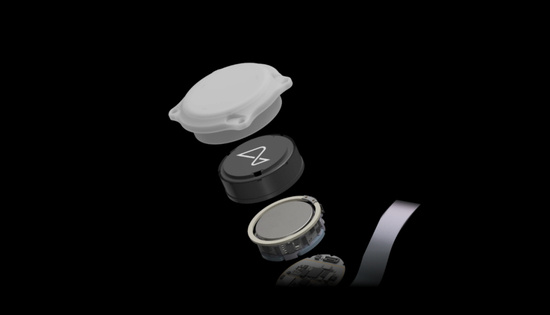A few days ago, Elon Musk, the founder of Neuralink Corp., a brain-computer interface startup, said that the company plans to implant his device in a second human patient in a week or so, and hopes to implant the device in a "high single digit" patient by the end of this year.

It is unclear when and where these surgeries will be performed.
According to the company's previous disclosure, brain-computer interface surgery may be performed on more than 22,000 people by 2030.
He said Neuralink allows patients to use their brains to control the limbs of a robot, faster than a natural brain-limb connection. Neuralink's ultimate goal is to mitigate the civilizational risks posed by AI by establishing a symbiotic relationship between humans and digital intelligence.
In the video, the Neuralink team also discusses future generations of implantable device products. Musk said patients with older models should be able to upgrade to the new model. "You want an iPhone 15, not an iPhone 1," he said.

In China, from the policy and practical level, brain-computer interfaces are also developing rapidly.
At the end of January 2024, the Ministry of Industry and Information Technology and other seven departments issued the "Implementation Opinions on Promoting the Innovation and Development of Future Industries", clearly creating ten innovative landmark products such as humanoid robots, quantum computers, brain-computer interfaces, and 6G network equipment.
Different from Neuralink's fully implantable wireless brain-computer interface, the domestic team's wireless minimally implantable brain-computer interface NEO places electrodes on the epidural of the brain, which is developed through long-term animal experiments and will not damage nerve tissue. Near-field wireless power and signal transmission are used, and no batteries are required in the body.

